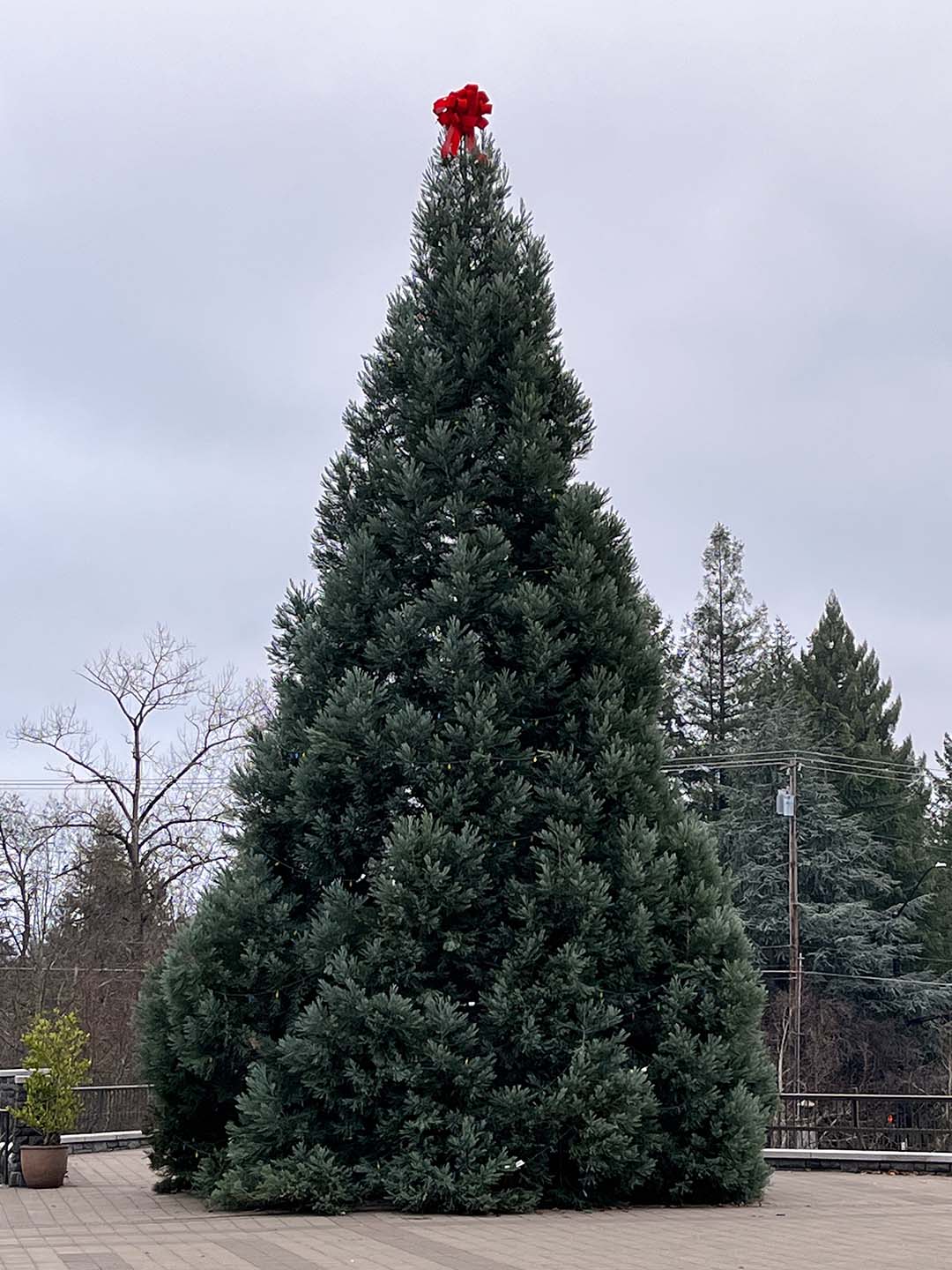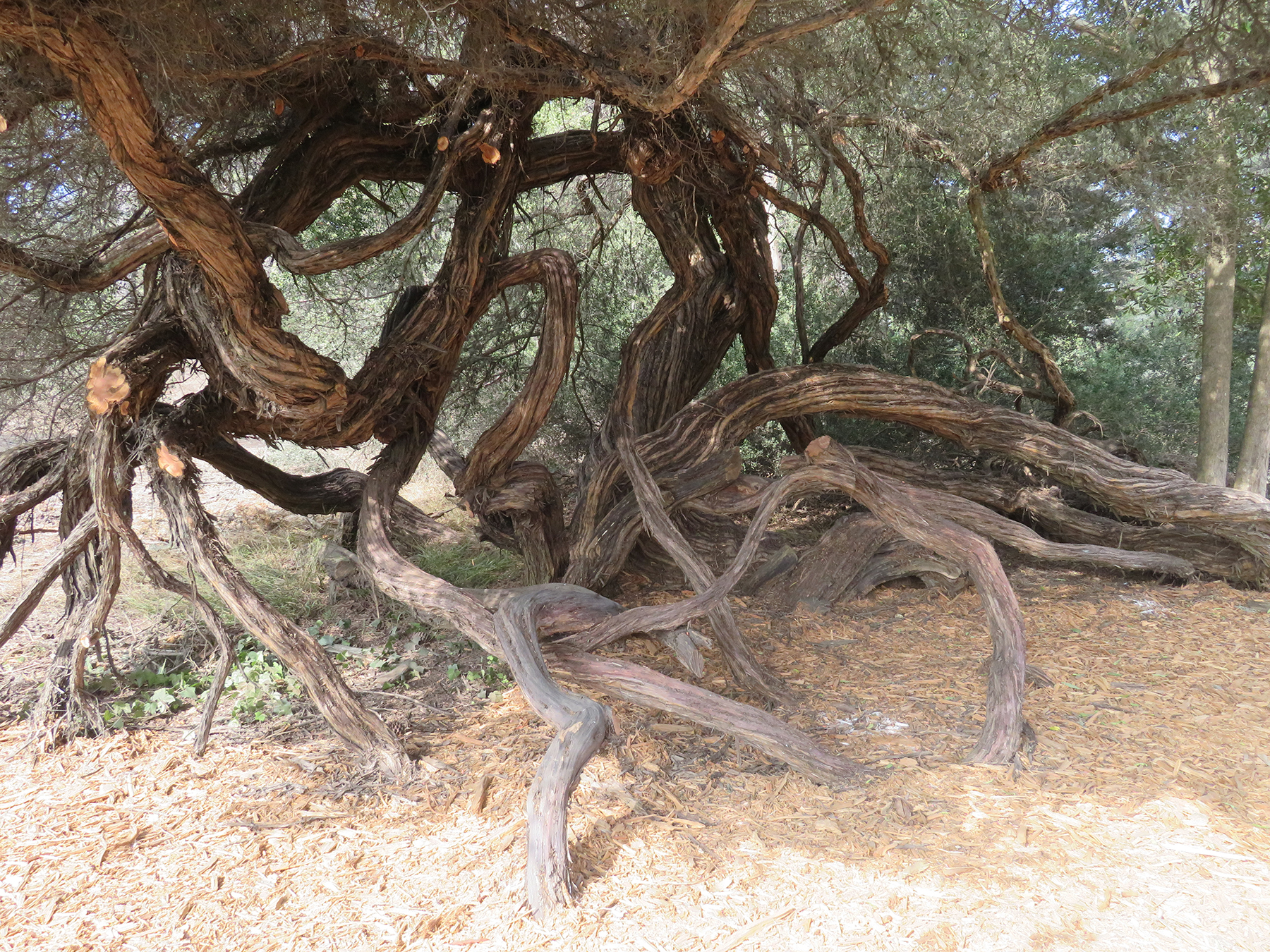As per usual, a far-fetched analogy ruled my brain: the various sizing of Christmas decorations reminded me of the variability in the length of book reviews. Some reviews are short and non-demanding, some medium length and inviting, some are long and challenging. And then there are the XL ones which function almost as gate keepers: only those of us who are willing to slog through them might have the energy to also read the book.

Small: decorations in the window of our local toy shop.




I am very partial to XL reviews, even though I mostly end up NOT reading the XL books they discuss, acknowledging that my attention span these days has been severely curtailed. The reviews at least give me an insight into the questions people ask, and if the review is good, it alerts to some of the answers that have been given. I think that is extremely valuable in and of itself, reviews as introduction to new ways of thinking.


Medium: Rudolf the Red-nosed Lion? Glittery Reindeer?
So it was with David Waldstreicher’s review of Gerald Horne’s The Counter-Revolution of 1836: Texas Slavery & Jim Crow and the Roots of U. S. Fascism in the Boston Review.
David Waldstreicher is Distinguished Professor of History at the Graduate Center of the City University of New York, Horne holds the Moores Professorship of History and African American Studies at Houston University. His work is centered on racism, now extended to where it intersects with fascism, which is, of course, where my interest peaks.
The holes in my knowledge of American History, large enough to drive a truck through, are slowly being filled. One of Horne’s previous books that I read, The Counter-revolution of 1776 – Slave Resistance and the Origins of the United States of America, argues that the “so-called Revolutionary War was in large part a counter-revolution, a conservative movement that the founding fathers fought in order to preserve their liberty to enslave others–and which today takes the form of a racialized conservatism and a persistent racism targeting the descendants of the enslaved.”



Large: Santa looks to be in need of AAA…
According to Waldstreicher’s review, the new book explores the circumstances of Texas’ secession in 1836, when Mexico abolished slavery, and the consequences of subsequent increase in slavery, slaughtering of indigenous people, violent repression: all leading to present-day Texas leadership in ultra-right forces.

Something that Ursula LeGuin once said, came to mind:
“One of the functions of art is to give people the words to know their own experience. There are always areas of vast silence in any culture, and part of an artist’s job is to go into those areas and come back from the silence with something to say.”
Slightly altered, the sentiment might very well be applied to progressive historians.
“One of the functions of historians is to give people the facts to know their own experience. There are always areas of vast ignorance in any culture, and part of a historian’s job is to go into those areas and come back from the silence with something to teach.”
So it is with book reviews.
Note that I am not referring to “objective (factual) truth” here, since history, like art, is a form of story telling rather than provider of scientific facts. But changing the framing, exactly like a good writer does, allows to deepen or radically revise our understanding of history.

Extra Large – what can I say…. but evoking the Nutcracker ballet, it happily called to mind another XL, learned review of teaching in that domain by one of my friends and fellow Oregon Arts Watch writers, ballet critic Martha Ullman West.
***
My own reviews of books this year have been scant, as far as I remember. The one book-related blog I consider important was Of Books and Jailers, which was directly tied to structural racism, and the issue of obstructing resistance. Maybe worth a re-read.
Still need to choose a last minute Christmas gift for the politically curious book lovers in your circle? Here is a list of recommendations from people who’ve read way more than I did this year.
Merry Christmas!

And here is Corelli’s Christmas Concerto – never understood why it is not in a major key.








































































